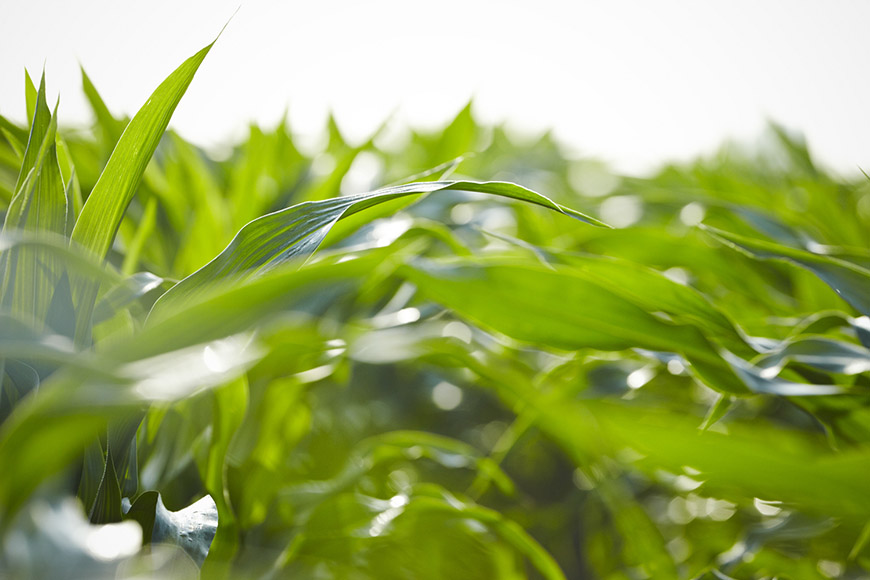Coping With Dry Conditions

Despite our best efforts in field preparation, pest control, crop nutrient management and other key management steps, without the right amount of moisture at key growth stages, crops cannot reach their full yield potential. This season, some areas of the Midwest have been blessed with timely rains, while other areas, such as western South Dakota and parts of Montana, have been excessively dry.
To determine the overall effects of drought on crop production, we need to examine the crop’s growth stage when faced with water stress.
- In corn, while water is most critical during pollination, a lack of sufficient moisture during any growth stage will affect yield to some extent. For example, during R4 (dough stage), a lack of moisture can reduce kernel dry weight and also cause premature black layer formation.
- If your corn or soybean fields are among those struggling with drought stress, it’s extremely important to be out in your fields checking crop conditions. It’s especially vital to watch for insect activity, since pests such as grasshoppers tend to thrive when it’s dry and can cause severe crop damage. When insects are detected, each field should be evaluated to determine if pest levels meet your area’s recommended economic threshold for treatment. Weighing treatment options, along with the weather outlook for the coming weeks, will help you determine if an insecticide treatment is a wise course of action. When selecting an insecticide for use later in the season, be sure to check product labels for preharvest treatment intervals.
- Corn silage growers facing dry conditions also should check crops for nitrate levels as harvest approaches. Before cutting the crop, check a few sample stalks throughout the field and have a nitrate test run. If nitrate levels are elevated, one course of action to lower nitrates in the silage is to cut silage higher than normal at 12 inches, since nitrates are concentrated in the bottom of the stalk. Ensiling will reduce nitrate levels, but samples should be taken after ensiling to determine what is a safe amount to feed in a ration.

